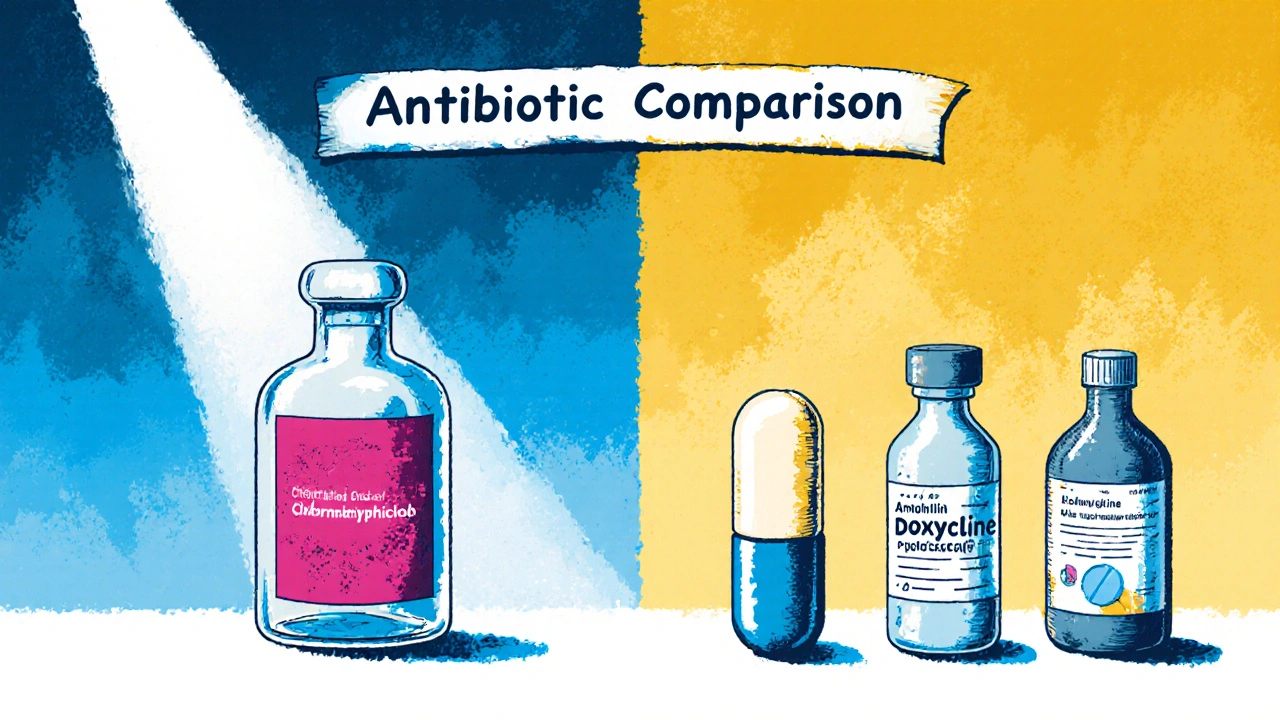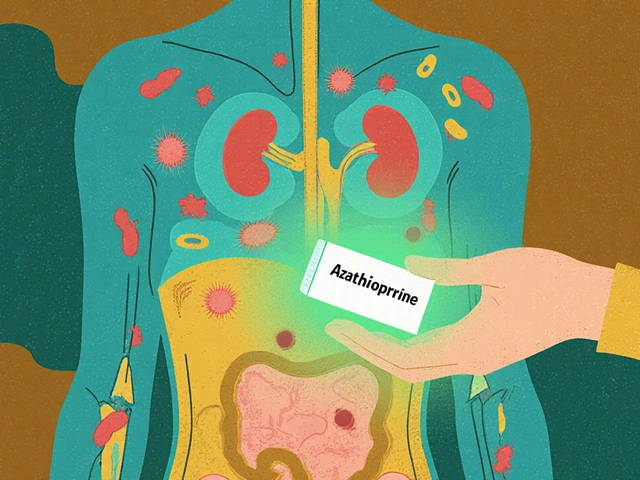Antibiotic Alternatives: Natural and Non-Drug Options That Actually Work
When you’re dealing with an infection, antibiotics are often the first thing doctors reach for—but what if you want to avoid them? Antibiotic alternatives, natural or non-pharmaceutical approaches used to treat or prevent bacterial infections without traditional antibiotics. Also known as natural antimicrobials, these options range from herbal remedies to lifestyle changes that support your body’s own defenses. With rising antibiotic resistance, the growing ability of bacteria to survive drug treatment, making infections harder to cure, more people are turning to these alternatives—not to replace antibiotics in serious cases, but to reduce unnecessary use and support recovery.
Not all alternatives work the same way. Some, like natural antibiotics, plant-based substances with proven antimicrobial properties, such as garlic, honey, and oregano oil, directly target bacteria. Others, like antimicrobial herbs, herbs such as turmeric, echinacea, and goldenseal that help reduce inflammation and boost immune response, don’t kill germs outright but make it harder for them to take hold. You’ll find real-world examples in our posts: Bactroban alternatives for skin infections, herbal diuretics that support kidney health, and even how turmeric and garlic show up in studies on bacterial control. These aren’t magic pills—they’re tools that work best when used wisely.
Here’s the thing: antibiotics save lives. If you have pneumonia, a severe UTI, or a spreading skin infection, skipping them can be dangerous. But for mild cases—like a minor wound, a lingering sinus drip, or recurring bladder irritation—antibiotic alternatives can help you avoid overuse. They’re also useful during recovery, to rebuild gut health after a course of drugs. The key is knowing when to use them and when to see a doctor. Our collection includes real comparisons: how honey stacks up against topical antibiotics, why some herbal remedies work better than others, and how diet and probiotics play a role in preventing infections before they start.
You’ll find no fluff here—just clear, practical info based on real posts. We cover what actually works, what’s overhyped, and how to use these alternatives safely alongside or instead of drugs when appropriate. Whether you’re dealing with recurring infections, worried about side effects, or just want to reduce your reliance on pharmaceuticals, the guides below give you the facts without the marketing spin.

- Oct 22, 2025
- Posted by Cillian Osterfield
Chloramphenicol vs Alternatives: Comprehensive Antibiotic Comparison
A detailed comparison of Chloramphenicol (Chloromycetin) with common antibiotic alternatives, covering efficacy, safety, and usage guidance.
Categories
- Health and Wellness (57)
- Medications (38)
- Health and Medicine (22)
- Pharmacy Services (10)
- Mental Health (5)
- Health and Career (2)
- Medical Research (2)
- Business and Finance (2)
- Health Information (1)
Latest Posts
©2025 heydoctor.su. All rights reserved





